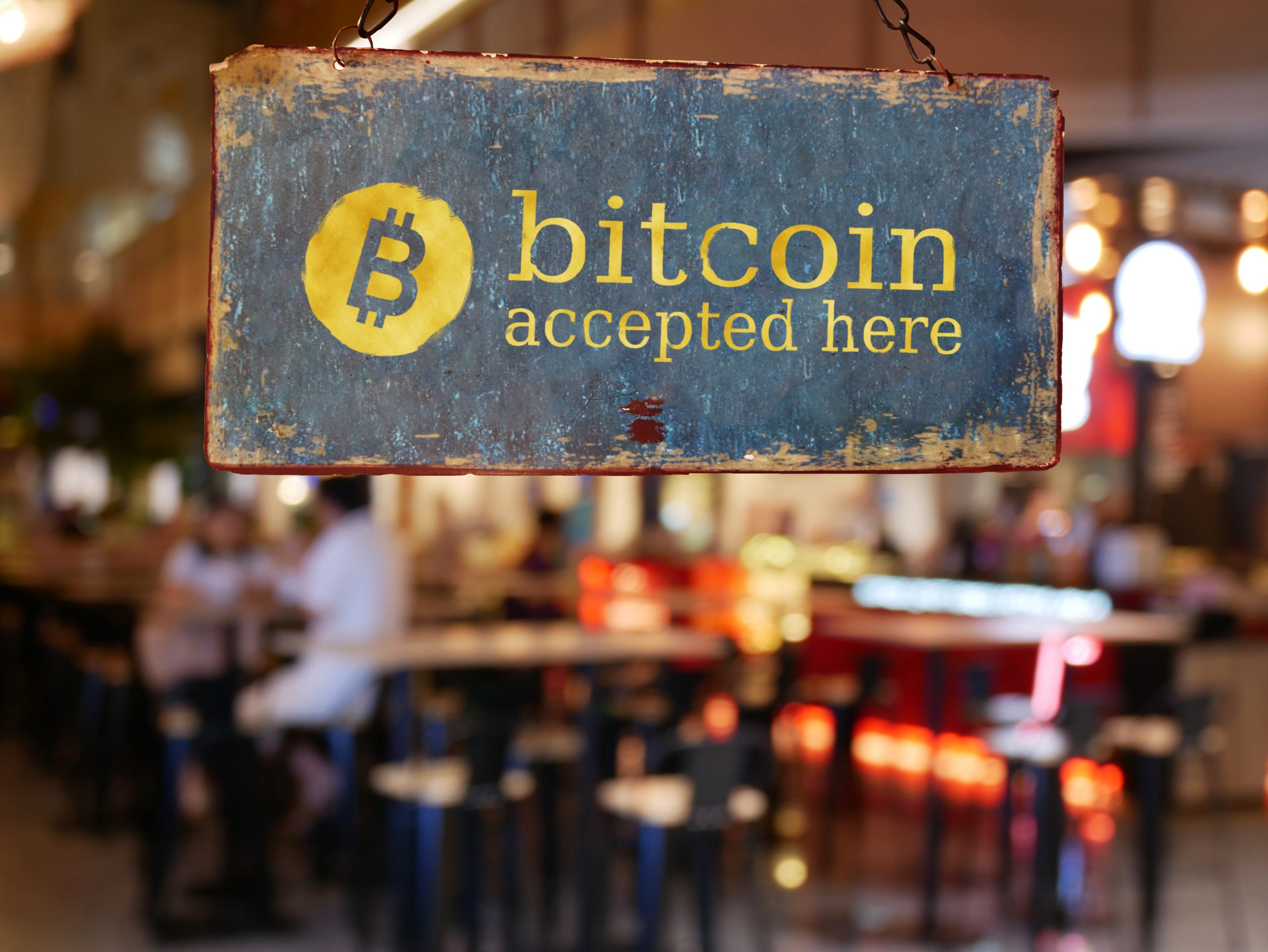Bitcoin and cryptocurrencies, due to their breakneck advancements in fintech, provide unbridled opportunities to investors as well as some unsavory affiliations. Bitcoin and other cryptocurrencies are far more than a replacement money used to fund illicit activities. They offer many advantages to the consumer such as protection against counterfeit, protection against inflation, and less barriers to markets to name a few.
However, it is no secret that cryptocurrencies have long been linked to dark web marketplaces. These websites sell anything from illegal drugs, firearm deals, sex work, stolen credit cards, and identity theft. Bitcoin is the primary means of exchange on dark web marketplaces such as Silk Road and its iterations. Here we’ll explore the specific effects that cryptocurrencies have had on money laundering to cover up these illegal activities over recent years.
Chainanalysis, a block chain analysis company, was able to identify $2.8 billion worth of illicit Bitcoin (BTC) that moved through exchanges such as Binance and Huobi in 2019. These exchanges act as an intermediary between buyers and sellers and offer trade between different cryptocurrencies and fiat currencies. Fiat currencies are the traditional currencies that state governments use such as the US Dollar or Euro.
So what’s stopping money launderers from exchanging their illegal bitcoin into cash? Most of the large and widely used crypto exchanges that exchange fiat to crypto are required to have some form of Know Your Customer (KYC) compliance because they work with banks, which are far more regulated.
Regulation varies across exchanges depending on the type of exchange (crypto to crypto vs. fiat to crypto) and the country of origin. According to Cointelegraph, the U.S.-based crypto to fiat exchange platform called Coinbase requires I.D. verification to buy and sell cryptocurrencies. They have also implemented a proactive approach to monitoring called the Coinbase Trade Surveillance Program. Binance, being purley crypto to crypto exchange, doesn’t have as many regulations imposed on its users. It allows withdrawals of up to 2 BTC per day (around $23,500 USD) without I.D. verification. While many popular crypto exchanges are moving in the direction of regulation friendliness like Coinbase, some have done whatever they can to curb these regulations. It’s important to remember that regulation goes against one of the most fundamental concepts behind the creation of crypto: decentralization.
The WSJ reported that Shapeshift, a crypto to crypto exchange founded in 2014, originally did not require personal identification to exchange currency. It later changed its policy in October 2018, partially due to the Wannacry ransomware attack. The Wanacry attack was a world wide cyber attack believed to be carried out by North Korea. The cyberattack encrypted data and demanded ransom payments in Bitcoin to regain access to the data. The hackers behind the Wanacry attack allegedly used the Shapeshift exchange to turn millions of dollars worth of BTC into Monero. Once the Bitcoin was exchanged for Monero, the illicit funds became virtually untraceable.
Chainalysis’ 2020 crypto crime report identifies a popular mode through which money launderers are able to clean their illicit Bitcoin without using an open-exchange; by using over the counter (OTC) brokers who cater to money launderers. OTC brokers are able to liquidate a large amount of cryptocurrency for a negotiated price and work off the open market. Subsequently, they have much lower KYC requirements than open exchanges. Chainanalysis was able to identify 100 OTC brokers that are believed to provide money laundering services, which they dubbed the “Rogue 100”. It’s been estimated that the amount of Bitcoin the Rogue 100 receives can make up for approximately 1% of global Bitcoin activity in a given month.
Alternatively, Bitcoin mixers are another avenue money launderers might take to clean dirty Bitcoin. Mixers function by bouncing the illicit Bitcoin to various Bitcoin addresses before recombining the full amount through a Bitcoin wallet hosted on the darkweb. A fee is charged for the service of around 1-3% of the Bitcoin mixed.
Contrary to popular belief Bitcoin is not anonymous, although there are some cryptocurrencies out there which are virtually untraceable, dubbed “privacy coins” like Monero. When a transaction is made on Bitcoin it is transcribed on a public ledger. It is possible for anyone to see the record of the transaction as a digital signature or username, which makes it totally transparent and browsable by anyone. Therefore, with the proper KYC and AML regulations, such as I.D. verification, identifying the trail of exchanges should be possible. This is why Bitcoin is not considered an effective or efficient way to launder money, unless of course, Bitcoin is the primary way by which a criminal enterprise receives payment. According to Chainanalysis, for every $1 USD in Bitcoin spent on the dark web, at least $800 USD is laundered in cash.
It’s important to keep in mind that Bitcoin is still relatively young, so adoption of the alternate form of currency is expected to continue to grow. Government regulators in the U.S. and around the world are working to get caught up with the new technology. In fact, the Department of Justice (DOJ) released a report titled Crypto Currency Enforcement Framework this month. The report identifies the potential threats which cryptocurrencies pose, the laws and regulations available to remedy those threats, and predictions on how the situation will develop. As cryptocurrencies continue to evolve, so will the regulator’s actions, and our attorneys continue to monitor the interactions between the two.





